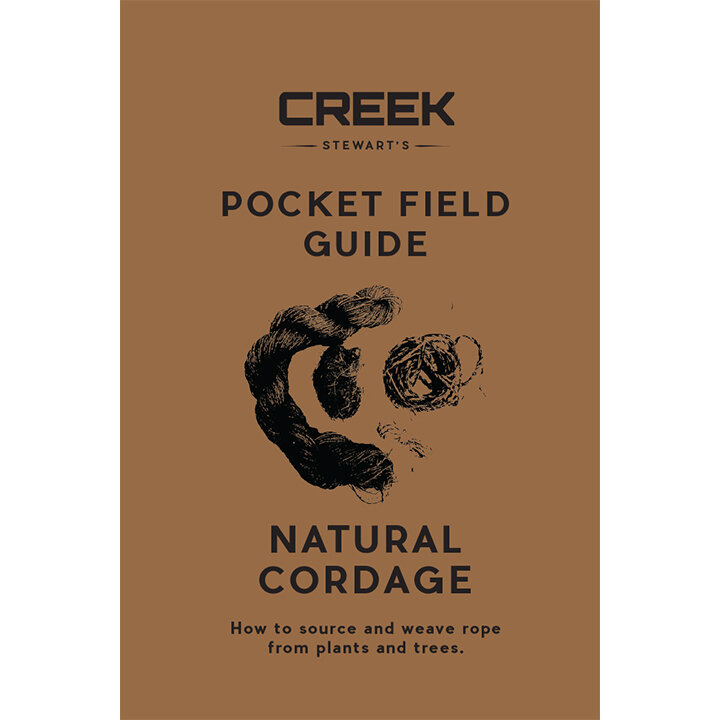(DIGITAL) Pocket Field Guide: Natural Cordage


(DIGITAL) Pocket Field Guide: Natural Cordage
FULL DIGITAL PDF DOWNLOAD
Rope joins rank with so many other survival resources that are taken for granted in modern times. First peoples utilized rope of all varieties and sizes for countless important items and tasks, including (but not limited to) clothing, fishing
nets and line, shelter lashings, animal traps, tool and weapon bindings, shoes, bags and packs, basketry, bridges, beds, and much more.
Most of this binding material (rope) was manufactured (by hand) from plant or tree fibers. The plants and trees used for cordage varied, depending on the region, but the method of manufacturing was generally the same across the globe. Making rope from plant and tree fibers is a lost art, and it is a survival skill that can absolutely save save your life.
In this photo-heavy guide, you'll learn how to identify the top 6 cordage plants and trees in North America. These include Basswood, Dogbane, Milkweed, Yucca, Cattail, and Nettles. After identification, you'll learn when and how to harvest the fibers in addition to the best methods for turning those fibers (sometimes very fragile) into strong, flexible, and dependable rope. No matter where you live in the world, one or more of the included plant and tree cordage resources will apply to your environment.
Whether for wild crafting fun or survival training, learning how to identify cordage plants and make natural cordage with your bare hands is a life-long skill that will connect you to the earth and a more ancestral way of living. And, this skill could just save your life!
